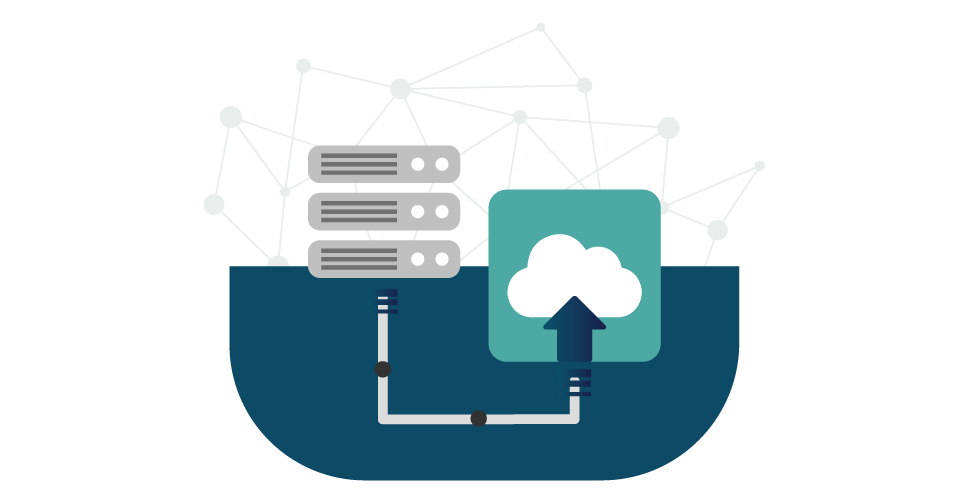

As cloud migrations become ever more important for your enterprise, make sure you avoid this common mistake — lack of planning.
Forbes recently reported one-third of cloud migrations fail outright, and only one in four organizations meet their migration deadlines. But, with effective planning, you can be one of the success stories.
Usually when cloud migrations fail, the root cause is rarely a technical error, but a lack of planning for both business and operational impacts. For example, IT is often responsible for the migration, but tends to move forward without understanding specific requirements of the end users—your employees and customers. This oversight increases the risk of widespread disruption, reduced productivity, and poor customer experience. In the worst cases, organizations realize too late that workloads were impacted, and employees did not get proper training. Some organizations find the disruption so catastrophic they panic and migrate back to on-premises solutions. The time that it takes to reverse the effects diminishes anticipated ROI and any forward momentum.
This highlights the importance of getting employees on board well ahead of the migration. By helping employees adapt and understand what is in it for them, organizations can maximize the value from their investment. Companies looking to cut expenses in response to an uncertain economy tend to slice training budgets without thinking of the impacts. That is ill-advised. Prioritizing training and using data to inform decisions can save companies from the negative financial impacts of cloud migration. Here are four ways to help ensure your ground to cloud migration success.
- Develop a clear migration communication strategy. This is where employee experience really counts, so it should be a top priority on your roadmap. All staff should be well informed of the impacts, the timing, and the training they will receive.
- Deploy at a pace the company culture can withstand. Run a pilot in one department if possible. Then correct any problems before rolling it out to the masses.
- Offer help desk support. I have seen success in arranging short-term command centers with extra IT support available post-migration in global organizations. Most companies will not need that but design your help desk according to the skill level of your users and the impact on your operations.
- Measure employee productivity before and after. Benchmark employee productivity “before and after” the cloud migration and use that data to determine where more user support is needed. You may think this is unnecessary, but it will pay dividends later.

Of course, planning for cloud migration may seem daunting, but there are ways to simplify the process and kick off your project with confidence. The more attentive you are to the needs of your employees before you begin, the faster you will realize the return on your investment, which should correlate with higher employee and customer satisfaction.
At Hitachi Solutions, we have a team of advisors that works with you to define new approaches for value creation that lead to sustainable change. With your people, processes, and technology moving forward together, your business momentum experiences a dynamic force, driving outcomes and unlocking value well into the future.


